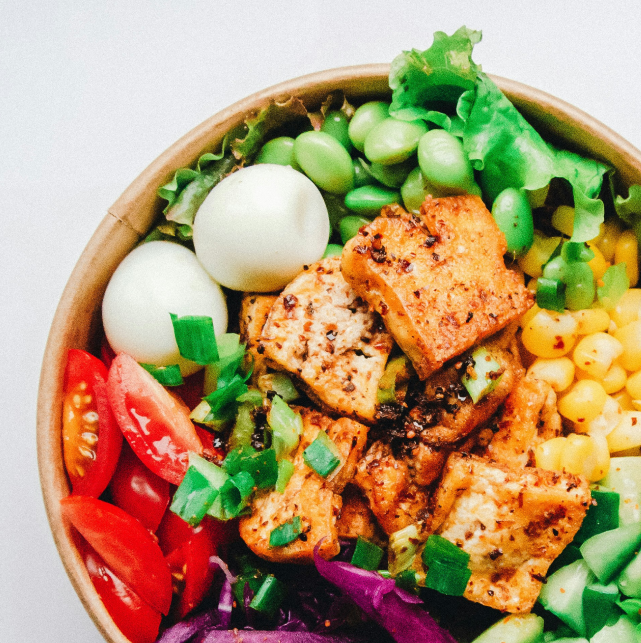
The Score, explained
How do we calculate the visible scores? What methodological approach did we choose and why?
In order to uncover the environmental impacts of foods the Life Cycle Assessment (LCA) method was chosen. By modelling emissions and resource use throughout a product’s life cycle, LCA provides a comprehensive view of impact categories across categories such as climate change, water use and eutrophication.
In need of publicy-accessible data we chose the French Agribalyse database to serve as our data source. Although this choice does not allow the data to be country-specific, it is the most extensive database for food products available. As part of the project a dynamic backend, the Food Impact Toolkit, which allows other, more counry-specific data to be imported and considered, was developed and can be used for future improvments. For more info please follow the link at the bottom of this page.
Our chosen method is mostly compliant with the European Commission’s Product Environmental Footprint (PEF) approach. Adaptations with the aim of improving the assessment of biodiversity were made. For more info please follow the link at the bottom of this page.
What characterizes Impacts of Food
Comprehensive Environmental Assessment
Using Life-Cycle-Assessment, Impacts of Food calculates the environmental impacts of around 2.000 food items, empowering consumers to make decisions that are informed and within planetary boundaries.
Uncovering the Impacts on Biodiversity
As pioneers in the field, Impacts of Food has used an innovative method to calculate the impacts on biodiversity, based on an interdisciplinary strategy, including field testing and the use of solid data sets to ensure the accuracy and reliability of our calculations.
Simplified Communication
The user-friendly presentation of the score allows consumers to effortlessly process the information provided, enabling them to make well-informed choices and develop dietary patterns within planetary boundaries.
Determining the environmental footprint of food products
Select a score and learn more.
Very Light – it's a good choice!
When the Impact Score of the product is Very Light, this means that the product has a very low environmental impact.
Light – it's a good choice!
When the Impact Score of the product is Light, this means that the product has a low environmental impact.
Moderate – consume consciously.
When the Impact Score of the product is moderate, this means that the product has a moderate overall impact on the environment.
High – try to consume less.
When the Impact Score of the product is Heavy, this means that the product has a high overall impact on the environment.
Very High – try to avoid.
When the Impact Score of the product is Very Heavy, this means that the product has a very high impact on the environment.
Want more facts of our methodological approach?
A more detailed description can be found in the Data and Usage Guidelines.
© Food Impacts